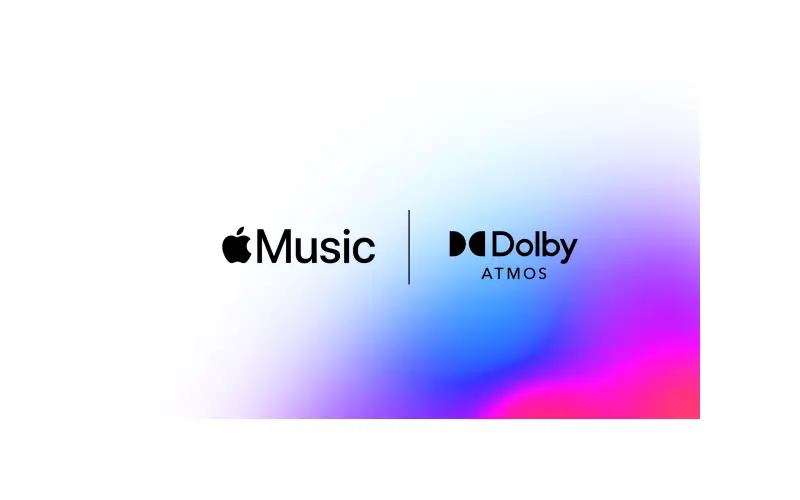By CE Critic - Buy Better Tech
Apple is doubling down on its commitment to spatial audio with a new incentive program aimed at artists and labels. According to a report by Bloomberg, Apple will begin paying higher royalty rates to artists who release their music in the Dolby Atmos format. This move is likely designed to boost the adoption of spatial audio and attract more listeners to Apple Music.
Why the Focus on Spatial Audio?
Apple has been a strong supporter of spatial audio since its introduction to Apple Music in 2021. The company believes that spatial audio provides a more immersive and engaging listening experience, particularly when enjoyed with the latest Apple hardware like the AirPods Max and AirPods Pro.
The full list of spatial audio-compatible Apple products is impressively long and includes:
- AirPods Pro (1st or 2nd generation), AirPods Max, AirPods (3rd generation), Beats Fit Pro, or Beats Studio Pro
- iPhone 7 or later
- iPad Pro 12.9 inch (3rd generation) and later
- iPad Pro 11 inch
- iPad Air (3rd generation) and later
- iPad (6th generation) and later
- iPad mini (5th generation) and later
- Macs with Apple Silicon
- Apple TV 4K with tvOS 15 or later
- HomePod Mini
- HomePod (2nd generation)
Incentivizing Artists and Labels
The new royalty program is designed to encourage more artists and labels to create and release music in Dolby Atmos. According to Bloomberg, Apple will offer "higher weighting" to songs mixed in Dolby Atmos. This means that these tracks will be more likely to appear in search results and browsing recommendations.
Benefits for Artists and Labels
While the exact details of the royalty program are unclear, it seems that artists and labels will benefit from creating Dolby Atmos mixes regardless of how many people actually listen to them. This means that they can potentially earn additional revenue even if the spatial audio version of a song doesn't become a hit.
Concerns about Quality Control
While the push for more Dolby Atmos music is positive, some concerns remain about the potential for a decline in quality. There's a risk that artists and labels may rush to create spatial audio versions of their music without proper care and attention to detail. This could lead to subpar experiences for listeners.
Impact on the Music Industry
Apple's move could have a significant impact on the music industry. By incentivizing spatial audio, Apple could help to accelerate its adoption and make it the new standard for music listening. This could benefit artists, labels, and consumers alike.
Looking Ahead
It will be interesting to see how Apple's new incentive program impacts the music industry. If successful, it could lead to a golden age of spatial audio music. However, it's important to remain cautious and ensure that quality remains a top priority.
Conclusion:
Apple's new incentive program for Dolby Atmos music shows a clear commitment to pushing the boundaries of audio technology. By encouraging artists and labels to embrace spatial audio, Apple is paving the way for a more immersive and engaging listening experience. While concerns about quality control exist, the potential benefits for all stakeholders are undeniable. If Apple can successfully navigate these challenges, we can look forward to a future where high-quality spatial audio becomes the new standard for enjoying music.
Additional Notes:
- The article includes a brief overview of Dolby Atmos and its benefits.
- It mentions the upcoming launch of the Apple Vision Pro headset and the potential for near-lossless spatial audio.
- It lists several Apple devices that currently support spatial audio.





